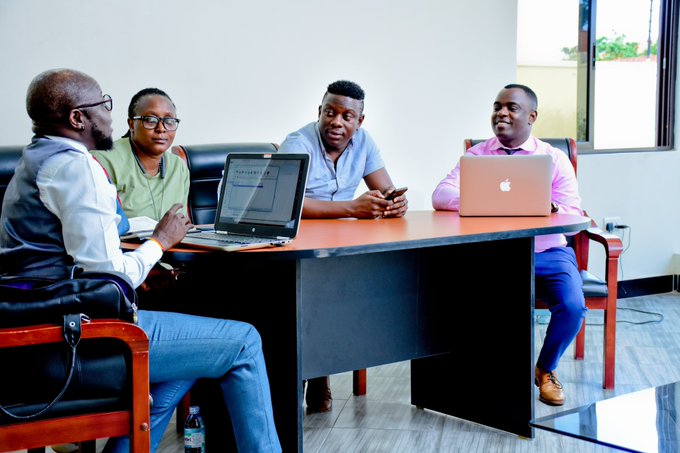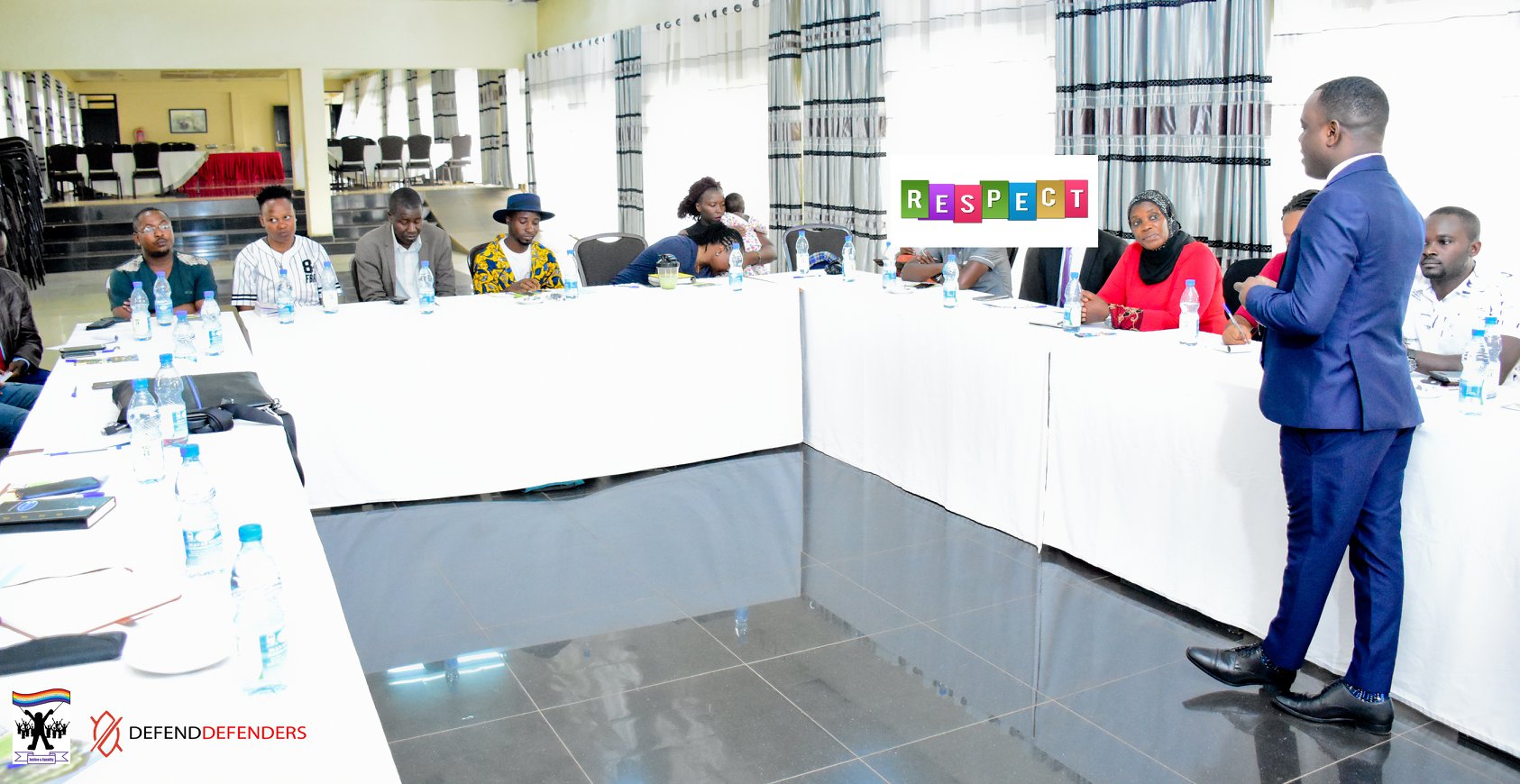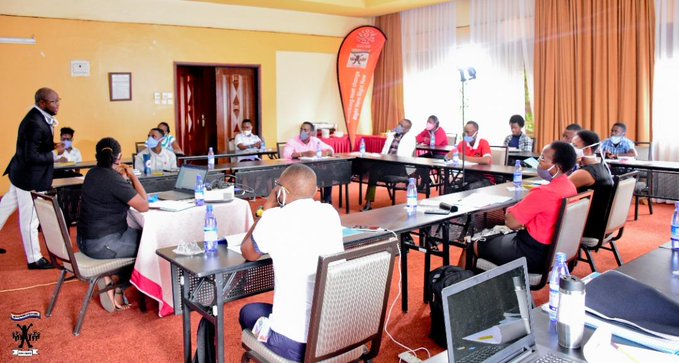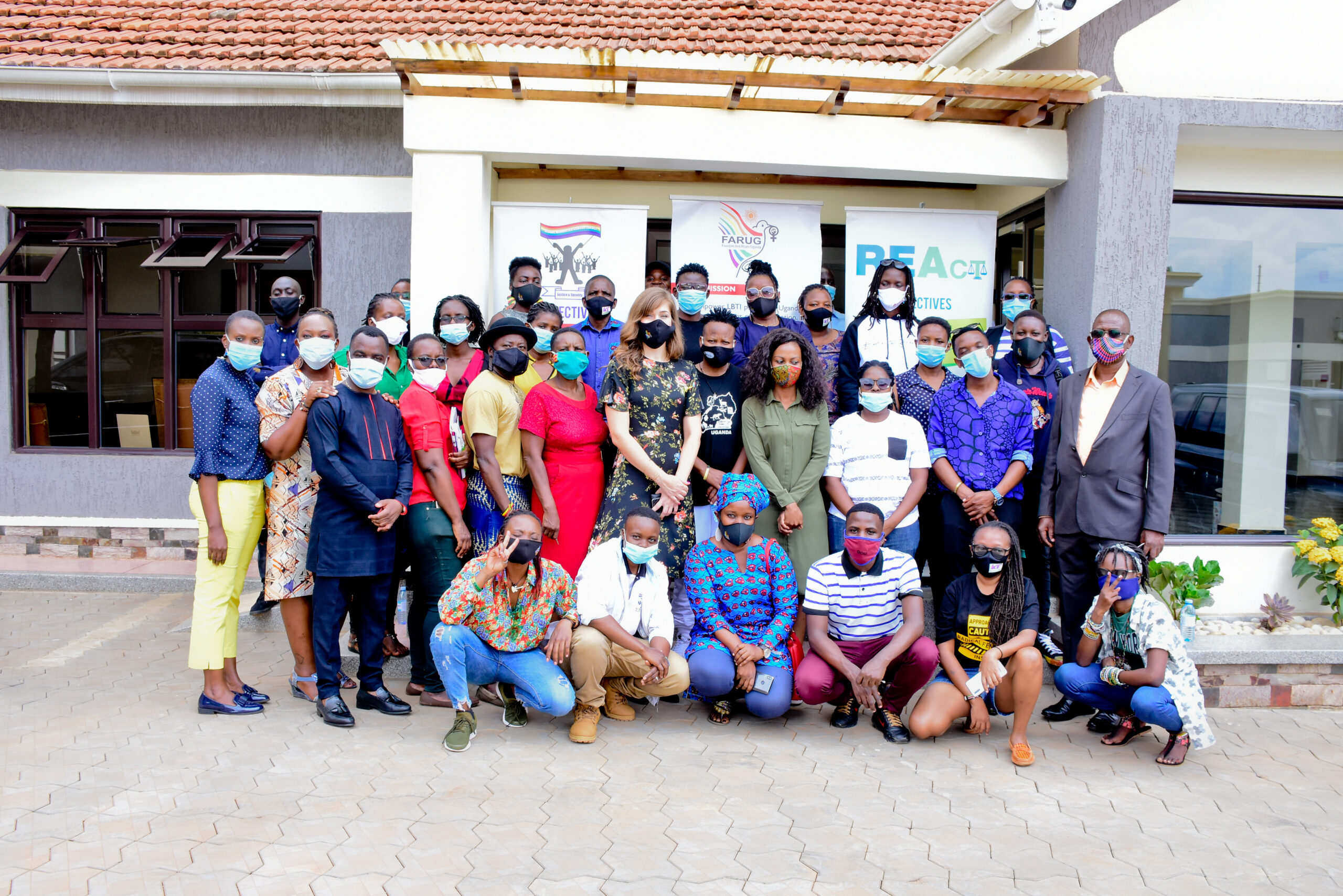During the COVID-19 lockdown, some LGBTIQ people in Uganda had to go back to their homes quarantine with their immediate family. This meant less personal and digital space. Due to the lockdown, Sexual Minorities has received cases where some LGBTIQ people in Uganda have had their digital space compromised which has led to unintentional outings and homophobic attacks. Below are some of the ways we can stay safe online.
Maintaining digital privacy while living with family members during COVID-19 pandemic
First of all, before looking at technical solutions, think about how you would like to approach this time that you are spending more time with family members. Ideally this can be a time where you strengthen relationships with family members, and part of that can involve being honest with them and revealing aspects of your identity and life experience to them. If you are doing this, you will most likely want to do it with who you choose, when you choose, and only revealing what you choose.
Being aware and in control of how much you are sharing on social media and taking control of your privacy and security on your accounts and devices can help.
Another preliminary consideration is about boundaries. When you are in close proximity to family members, it may feel like your boundaries are being eroded: there is less space for privacy, for individuality, and people can push on your boundaries through their words and actions. But by setting and enforcing your own boundaries – gently but firmly and consistently – the people around you may initially resist or appear offended but eventually respect those boundaries.
Protect your device with a password
A good example of setting digital boundaries is putting a password on your phone or computer. Protecting your digital space with an account/device password is one of the most basic and most important things to do to preserve your privacy and security. On a phone this means using a screen lock like a pin, password, fingerprint reader, facial ID, or swipe pattern (the latter is not recommended – it’s easy to look at the trail of streaked oil on a screen to figure out the pattern). On a computer, it means locking the primary user account with a password and making sure someone opening/turning on the computer has to enter that password before they can access the desktop.
Since you may still need to let family members use your device to make calls, do work, browse the internet, you can safely enable this by creating a separate user account for them or enabling guest access for them. All computers and some Android phones allow you to do this.
Practice the act of boundary setting with yourself or with a friend so that it will feel more comfortable when it happens. Imagine a family member asking to use your phone to check a website. Find the words that feel right, for instance “no problem, let me just log you into the guest account”. If they challenge you “guest account? Ggwe, what are you hiding?”, how will you respond? Perhaps “Do you want to use my phone or not?”

What if I can’t be sure of keeping someone out of my phone or computer?
If for some reason you are not able to keep other people out of your digital space or you expect that someone will force their way onto your device, there are some extra protections you can take:
- Chat with other community members using chat apps allow you to set a disappearing messages timer so that messages won’t be visible to someone snooping on your device. Some options include Snapchat, Wickr, Signal, and Telegram (some more here)
- If your chat app doesn’t allow disappearing messages, you can still delete messages or entire chats manually, such as on Whatsapp.
- If you have a Samsung phone there are some built-in privacy features under Settings -> Biometrics & Security -> Secure Folder, then you can move certain apps and also photos into the secure folder (source and more info)
- If you don’t have a Samsung phone (you might still find a similar feature if you look through your Settings section) you can get the same functions with apps from the Play Store. There are a bunch of recommendations on locking apps here and two apps suggested here for hiding and password protecting photos and videos are Vaulty and Gallery Vault. Sorry I can’t directly vouch for the security or privacy of these apps but they appear to be popular and well-reviewed.
- If you need to protect individual files and folders on your computer, an easy to use tool is Axcrypt
Social Media – Share what you want with who you want
You may be sharing more than you think you are on social media. Take control of what you do and don’t share by reviewing your social media accounts and settings.
Facebook lets you set privacy on every individual thing you post, as well as things like your friends list. It takes some extra work but you can even create lists of ‘close friends’ as well as another list for ‘acquaintances’ then choose if you want your posts to go to close friends (perhaps community members) or to acquaintances (who you might define as family members, or workmates). Facebook has guides for how to do this here and here.
To make sure that other people can’t view your Facebook friends list or the Pages you follow, go to your Facebook profile page and click on Friends. Then at the top-right corner of the window (next to the ‘Find Friends’ button) there is a pencil which leads to an option to ‘edit privacy’. Click that and change both settings to ‘Only Me’.
Facebook also has feature to look at your profile as if you were a member of the public. You can access this on a web browser or from the mobile app. Go to your profile and look for a feature called ‘View As’. On desktop it will be under the (…) menu at the far right of your cover photo. Once you turn this on you can check if public viewers can view anything you wouldn’t want them to see. If there is anything you though should be hidden but is not, you can go back to that item and change its privacy setting. The ‘View as’ function only shows you what your profile looks like to the public, it doesn’t let you see it from the point of view of a friend (such as a family member or a boss), so do keep that in mind.
You can also retroactively change the privacy settings of all of your posts. Click the down arrow (▼) to open the Facebook menu then go to Settings -> Privacy ->Limit Past Posts. While you’re here on the Privacy settings page, go through everything and set it the way you are comfortable depending on how you use Facebook. Another quick-to-use tool is Facebook’s Privacy Checkup.
This section has focused on Facebook but other social media platforms have their own options for limiting the audience for your posts, and it is worthwhile spending some time to check what you are already sharing, if you need to go back and change anything, and if some settings need to be changed.
Going Anonymous
Publishing online anonymously through a blog, website, or social media profile is a good way to spread your message and interact with your community.
If you do this it is best to be careful to separate your real identity from your anonymous online identity. You can register an anonymous Gmail address without adding a phone number or linking it to your existing email (be careful as this raises the risk of getting locked out if you forget your password), and then use that address to register other profiles.
Keep in mind that Facebook maintains a ‘real name’ policy which disallows fake names. This is partially enforced though an algorithm, so if you do need to register an account with a fake name on Facebook it’s best to use a name which looks like a common name, and not something conspicuous like “The Fantastic Pink Dynamo” (although if that’s your legal name, go for it!).
You don’t actually need an account with a false name to publish anonymously on Facebook. Using your regular personal Facebook account you can publish to a Page anonymously. Fans of the page will not be able to see who the admin is (they can only see what country the admin is from).
Retain access to your online accounts
While you’re taking care of your digital hygiene, quickly go and check (in the settings or My Account sections of the sites) that the phone number and email address stored on your accounts are still accurate. If you lose access to the registered phone numbers or emails you risk getting locked out of your account permanently.
Sext Safe!
If you are going to engage in sexting with romantic partners, give some thought to how to do it safely given the risks it entails. Never be pressured into doing it based on someone else’s demands or opinions. But if you’re doing it from an informed and enthusiastic standpoint, there are some great resources on sext safety created in Nigeria called Safer Nudes – see their guide and Instagram page.
Have an outlet and keep sane
If you’re at home and cut off from your community and in a situation where you are hiding aspects of your identity, make sure to take time to take care of yourself and find outlets for self expression. You might consider keeping a daily journal, or pick one or more ‘quarantine buddies’ to privately discuss how you are feeling and coping with the situation. Being in an online community such as private groups can help relieve the stress and isolation as well.
More Links
Digital Threats to the LGBT Community in Sub-Saharan Africa –Security in a Box (follow the links on the page for more guides and advice – it has warnings about being out of date but is still quite useful!)
ACKNOWLEDGEMENT:
These tips were drafted by a Digital Security Expert who is a good friend of Sexual Minorities Uganda. We are not able to mention them because they prefer anonymity. We thank them for their endless support towards the Digital Security needs of the SMUG team.




